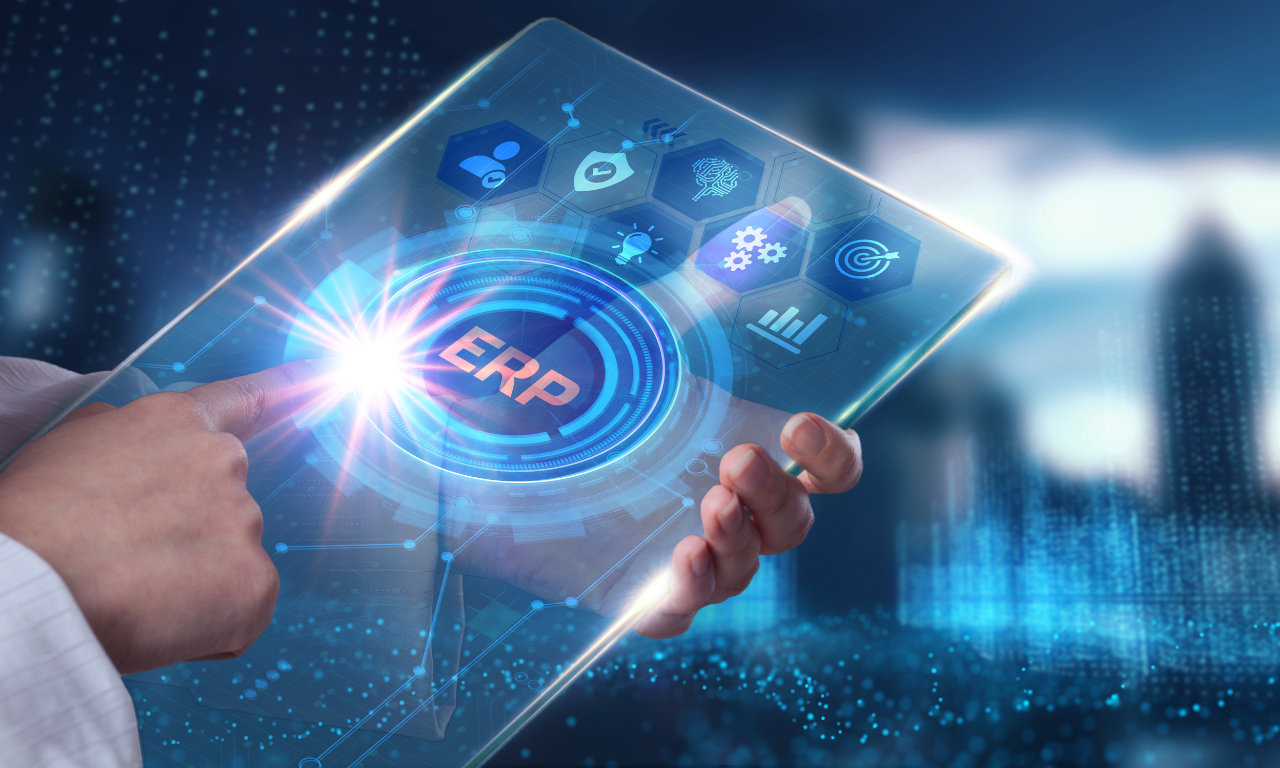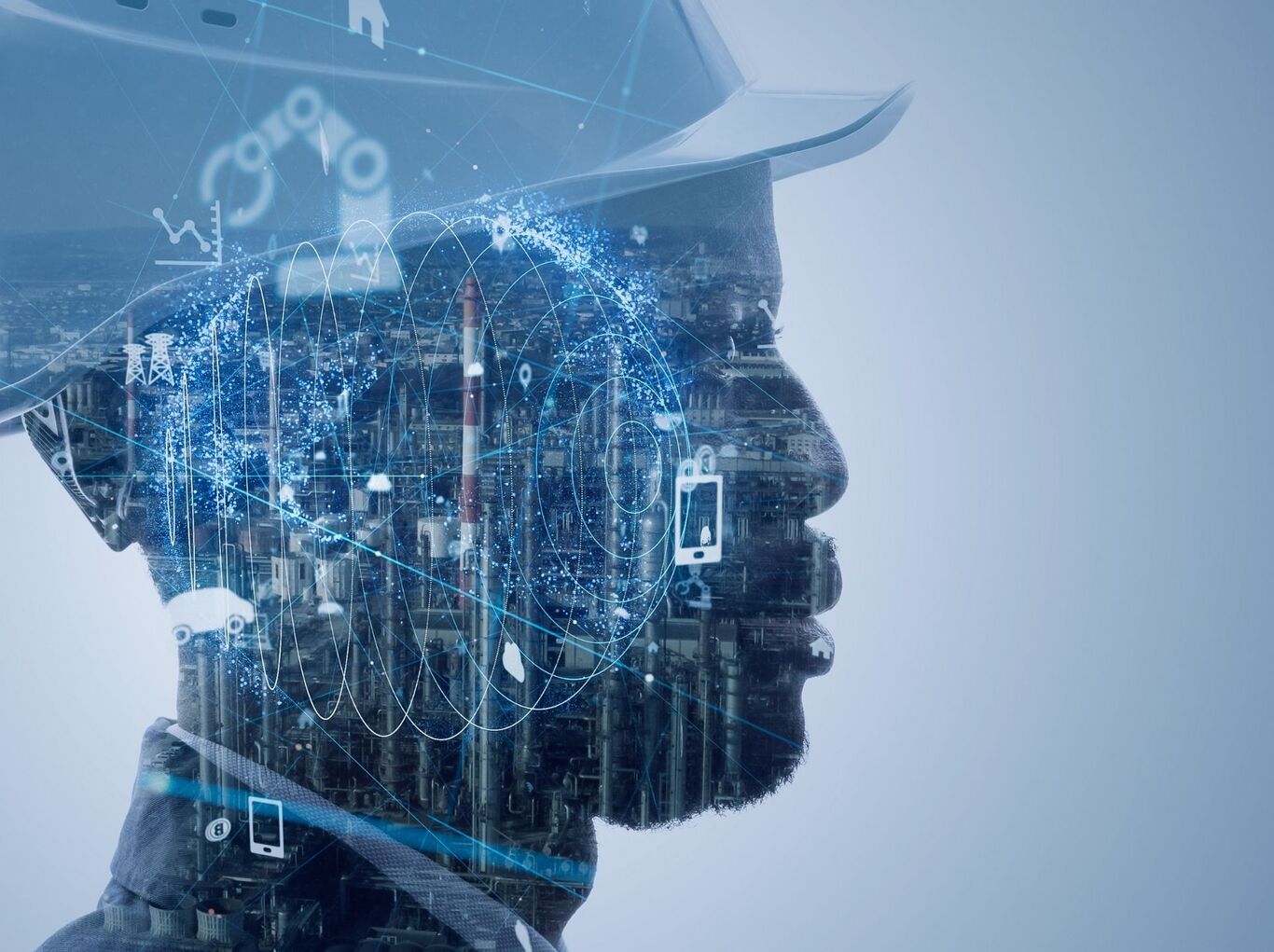Agentic AI for Enterprise: Scale Smarter and Faster in 2025

If you’re leading an enterprise, you already see the gap. Your teams chase dashboards while customers expect answers now. Budgets stay flat, yet the backlog keeps growing. That is why nearly 70% of Fortune 500 companies have turned to agentic AI tools to automate routine work and speed up decision-making.
Agentic AI works like a self-directed colleague. It reads the brief, decides the next step, and gets the job done without nudges. The result is faster cycle times, fewer hand-offs, and more headspace for strategic work.
In this blog, we’ll learn more about goal-driven business AI and how to put it to use in your own enterprise.
What is Agentic AI and How Does it Apply to Your Enterprise Systems?
Think about a digital coworker who doesn't just do what they're told, but gets the job, takes the lead, and changes as needed. Agentic AI for enterprise is quietly changing business systems. It's not a big upgrade but a big change in how work gets done.
These AI agents are built on layers of Natural Language Processing (NLP) and Retrieval-Augmented Generation (RAG). This is like giving your AI both the brain and memory. So, these are designed to think ahead, make decisions, and carry out entire workflows with little to no supervision.
-
People in IT and HR are starting to use these enterprise automation agents to handle help desk tickets, onboarding processes, and backend tasks across multiple systems as operators. With goal-driven business AI, mission results become more important than micromanagement.
-
Gartner says that by 2028, 33% of business software will have Agentic AI. That prediction shows where businesses are headed.
-
About 1,000 developers from ANZ Bank tested GitHub Copilot for six weeks. Participants were satisfied with the tool's performance in real-world engineering tasks, which increased productivity and code quality.
Agentic AI vs. Traditional Automation in Enterprises
Agentic AI for enterprise is changing how businesses operate, but how does it differ from traditional automation? Let’s find out:
| Feature | Traditional Automation | Agentic AI for Enterprise |
|---|---|---|
| Decision-making | Pre-set rules only | Makes real-time decisions based on context |
| Flexibility | Limited to defined tasks | Adapts to new situations and user behaviour |
| Human involvement | Needs regular input and monitoring | Operates autonomously with minimal supervision |
| Learning capability | No learning—static processes | Continuously learns and improves over time |
| Customer support | Basic scripted responses | Handles complex, multi-step queries on its own |
| Security handling | Detects known issues | Predicts, prevents, and resolves threats in real time |
| Integration with IoT | Limited adaptability | Seamlessly syncs with devices for real-time control |
3 Key Capabilities That Give Agentic AI Its Edge
Businesses are getting smarter and faster tools to keep up in a world where milliseconds can mean the difference between winning and losing a market. In AI-powered business operations, things are growing very quickly.
But what makes this technology truly unique is its ability to support intelligent decision-making systems that help businesses move with agility and precision.
1. Mission-aligned decision support
Agentic AI for enterprise does more than summarise data. It keeps the business goal in view, weighs live inputs, and then acts.
At Salesforce, “digital employees” already handle up to half of internal work, routing cases and shipping code with 93% accuracy. For a COO, that means fewer bottlenecks and faster yes-or-no calls when the market moves.
2. Autonomous process orchestration
Traditional bots follow static scripts. Enterprise automation agents break a job into steps, call the right systems, and finish without hand-holding.
For example, Deloitte expects one in four companies using generative AI to run agentic pilots this year, rising to half by 2027, because leaders see leaner workflows and lower cost-to-serve. The upside: cycle times shrink while teams focus on high-value work.
Learn more about workflow orchestration using agentic AI
3. Continuous self-optimisation
These self-directed AI systems in business learn from every run. They tune rules, spot drift, and surface new insights without waiting for a quarterly rebuild.
When agents close a ticket or balance stock levels, the next pass is quicker and more accurate. This feedback loop turns process optimisation with AI into a daily habit rather than a yearly project.
Taken together, these three strengths move agent-based enterprise platforms beyond helpful assistants to goal-driven engines that scale judgment, speed, and savings across the organisation.
Enterprise Use Cases of Agentic AI
What if businesses could run smoother, faster, and smarter simultaneously? Agentic AI for enterprise is already making that happen.
According to an IDC report, over 50% of enterprise applications are already augmented with AI assistants or advisors, and 20% have complete AI agents.
This change makes contextual business automation possible, which lets teams meet needs immediately without waiting for human input. The possibilities are huge, from safety to customer service.
Smarter daily operations
Agentic AI agents can predict demand, plan operations, improve the supply chain, and check inventory. This saves money and speeds things up without requiring constant human assistance.
Real-time cybersecurity
Real-time cybersecurity AI agents continuously monitor networks 24/7 to identify risks and address vulnerabilities as they emerge. This prevents threats before they do any damage.
Better customer support
Say goodbye to answers that are already written. Businesses can offer 24/7 personalised support with agentic AI, which can answer both written and spoken questions with real understanding.
Did you know?
"Ask Me Anything" (AMA) is a tool that Comcast has added, which allows customer service representatives to ask a large language model (LLM) questions in real-time while interacting with a customer. This new idea reduced response time by approximately 10% per call, resulting in significant annual savings and increased agent productivity.
AI + IoT in action
When IoT is added, agentic systems can track devices and make changes to them in real time. Think about how hospitals, transport fleets, and factories could run more quickly, safely, and inexpensively.
Benefits of Agentic AI for Enterprises
Imagine a day at work when everything just gets done faster, smarter, and with fewer mistakes. Self-directed AI systems in business are making that possible. These systems follow the rules but also understand context, make choices, and act without waiting for someone else to step in.
Here’s what makes it worth the shift:
-
Always-on performance: AI agents don’t need breaks. They run 24/7, handling complex tasks consistently across departments.
-
Fewer manual tasks: Repetitive jobs like data entry or report generation are handled automatically, letting teams focus on strategy and innovation.
-
Faster, data-backed decisions: With the ability to process massive datasets instantly, AI agents help businesses respond to changes in real time, not after the fact.
-
Scalability without the stress: As your business grows, autonomous AI can easily scale, adapting to new tasks without needing constant retraining.
-
Cost efficiency: By reducing human error, downtime, and the need for manual oversight, agentic AI directly helps lower operational costs.
Challenges in Deploying Agentic AI Across the Enterprise
Sometimes, even the smartest enterprise automation agents can hit roadblocks. Here’s what needs to be sorted before these agents can truly work at scale:
-
Maintaining compliance and data security: AI must adhere to strict guidelines when integrating with sensitive business processes. One mistake can cause more serious issues later on.
-
Ensuring transparency: If an agent makes a decision, the logic behind it should be easy to follow. When that isn't clear, trust breaks down.
-
Maintaining human oversight: The smartest agents can't take the place of human reasoning. When things get tough, there should always be a way to help.
-
Reducing bias: Data isn't always fair, but AI learns from it. Regular checks help keep outcomes balanced and ethical.
-
Aligning with business goals: AI agents need direction. If what they do doesn't fit with what the business wants, they might do more harm than good.
What Does the Future of Agentic AI for Enterprises Look Like?
As the world goes digital, clever systems will act purposefully, learn from results, and change in real time. Agentic AI in enterprise is now at the center of this change. A survey found that 83% of enterprises think investing in AI bots is important to stay competitive, and 96% plan to use them more in the next 12 months.
These agents are more powerful than traditional automation systems because they can handle complex tasks, make decisions, and work together across business functions.
Their presence is already strong in areas like customer support (78%), process automation (71%), and predictive analytics (57%). From marketing to IT operations, they're streamlining processes, reducing costs, and enhancing the experience without constant supervision.
Read more about what agentic AI will look like in the next 5 years
Let’s Co-Create your Intelligent Enterprise with GrowthJockey
Agentic AI for enterprise is transforming businesses by automating workflows and improving accuracy. These adaptable enterprise AI technologies help firms optimise operations and improve intelligent decision-making.
At GrowthJockey, we implement customised enterprise automation agents to improve processes and boost productivity using agentic AI for enterprise.
We integrate AI-powered business solutions seamlessly to achieve smarter, faster, and goal-driven results. If you want intelligent decision-making systems that scale with demand, let’s talk.
FAQs on Agentic AI for Enterprise
1. What is agentic AI for enterprise?
Agentic AI for enterprise is an AI-powered business operations layer that sets its own micro-goals, decides next steps, and executes tasks without constant human prompts. Unlike chatbots, enterprise automation agents plug into core systems, read context, and complete end-to-end workflows. This makes processes faster, less error-prone, and easier to scale as demand rises.
2. How are enterprise automation agents different from traditional RPA bots?
RPA follows fixed scripts. Enterprise automation agents learn from new data, adapt to changing rules, and choose the best action in real time. They combine large language models, retrieval-augmented generation and tool calling. This lets them orchestrate autonomous enterprise workflows across CRM, ERP, and bespoke apps. The outcome is continuous process optimisation with AI rather than static task playback.
3. Which business functions gain most from goal-driven business AI?
Customer support, supply-chain planning, finance close, and cyber-security see quick wins. In these areas, intelligent decision-making systems can triage tickets, rebalance inventory, flag fraud, and patch vulnerabilities faster than manual teams.
Adaptive enterprise AI tools keep learning from each cycle, so benefits compound over time and spread to adjacent functions such as HR onboarding and marketing ops.
4. How do self-directed AI systems in business stay aligned with corporate goals?
Alignment starts with well-defined objective functions and real-time monitoring. Enterprises feed agents structured KPIs such as revenue targets, SLA times, risk thresholds, then audit behaviour through dashboards and audit logs.
Continuous learning models are sand-boxed and retrained against approved datasets, ensuring agent actions track business strategy while preventing drift or bias. This governance keeps adaptive enterprise AI tools purpose-fit and compliant.








